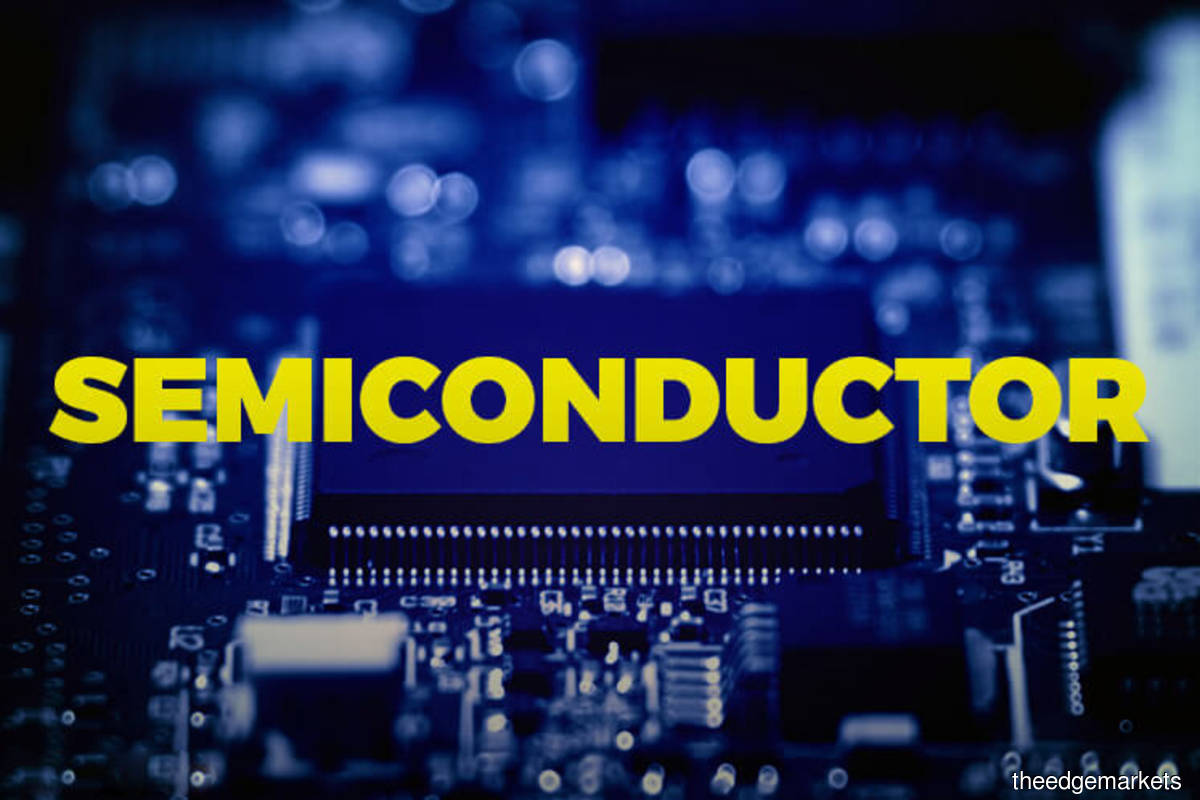Silver lining for local semiconductor companies in 2H2023 amid China's reopening

While the semiconductor industry is expected to remain in the doldrums at least for the first half of this year due to the weakening demand aggravated by inflationary pressure, market watchers are of the view that the reopening of China’s economy could offer a buffer and provide a safe haven for local technology players.
When contacted, Malacca Securities head of research Loui Low Ley Yee said the great reopening of China is seen to be a catalyst to spur demand for the semiconductor industry, which will help local companies by cushioning downside risk, especially those having exposure in China.
Low said the recovery of manufacturing activities in China this year also signalled that the country is regaining its economic strength.
Following China's relaxation of its Covid-related restrictions, the country’s purchasing managers' index (PMI) showed an uptick for two consecutive months this year.
China’s PMI hit 52.6 in February after January’s reading jumped to 50.1, a sharp increase from 47 from the month before. China’s PMI last went above 50 in September last year.
A reading below 50 indicates contraction, while anything above that shows expansion.
Low said the high demand for electric vehicles (EVs) and artificial intelligence (AI) amid the frenzy over AI-powered chatbot ChatGPT could spur local semiconductor demand in the long run.
Nonetheless, he pointed out that the potential key downside risk to watch out for is the recession, the strengthening of the ringgit against the US dollar and the pace of interest rate hike in the US.
Areca Capital Sdn Bhd chief executive officer Danny Wong Teck Meng remains hopeful that the industry will turn around in the second half of this year.
“Technology and semiconductors are one of the secular sectors that will continue to grow. The cycle will return the moment the trade tension subsides and inflation is tamed — a soft landing case to avoid recession,” Wong told The Edge.
However, in the short run, Wong acknowledged that industry players are expecting weaker demand due to the US-China trade tension resulting in strict restrictions on sales of semiconductors and equipment, coupled with recession fears and inflationary pressure.
“Big semiconductor firms like Intel are on an austerity drive. This may affect the industry growth and thus in a slow pace of the cycle. Players are trying to temporarily keep expenses minimal, to be more defensive [and] at the same time, trying to divert some focus to other growing areas such as EV, 5G (fifth generation) and IoT (Internet of Things). The biggest risk right now is the recession risk, which would slow almost everything,” he added.
TA Securities analyst Wilson Loo gathered from outsourced semiconductor assembly and test (OSAT) and automated test equipment (ATE) providers under his universe — Inari Ametron Bhd, Unisem (M) Bhd, Malaysia Pacific Industries Bhd and Elsoft Research Bhd — the near-term sentiment remains weak.
“As we had then cautiously factored in downside to sales, we maintain our forecasts for our universe’s earnings to decline 17.2% y-o-y (year-on-year) in 2023 before rebounding 23.2% y-o-y in 2024,” Loo said in a research note on 6th March.
“Importantly, we are comforted that the strong balance sheet possessed by these companies (with all in robust net cash position) will help them to sail through the current downcycle, while also carrying on with capacity expansion plans as they seek the next wave of opportunities from an eventual upcycle, which is anticipated to be catalysed by a slew of secular trends — for example, 5G, AI, high-performance computing, the IoT, and vehicle electrification,” he added.
All in all, Loo has maintained a “neutral” stance on the semiconductor sector.
